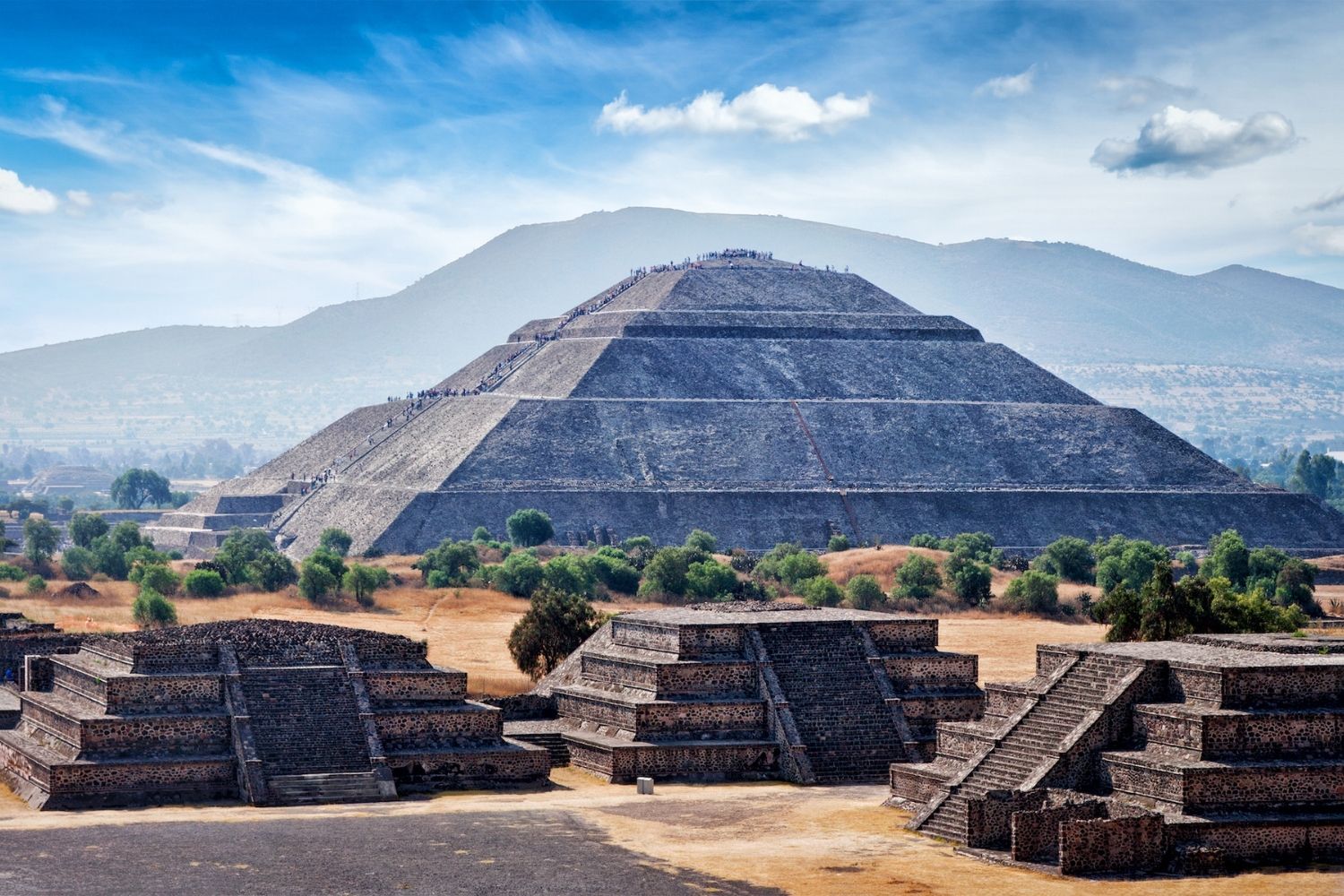
Mesoamerican culture is a rich tapestry of history, tradition, and innovation that has fascinated scholars and enthusiasts alike. From the towering pyramids of the Maya to the intricate calendars of the Aztecs, this ancient civilization offers a glimpse into a world of advanced knowledge and spiritual depth. Did you know that the Mesoamericans were among the first to develop a writing system in the Americas? Their contributions to agriculture, astronomy, and architecture continue to influence modern society. Whether you're intrigued by their complex social structures or their artistic achievements, these 28 facts will provide a deeper understanding of a culture that shaped the course of history. Buckle up for a journey through time, where every fact unveils a new layer of this incredible civilization.
Key Takeaways:
- Mesoamerican cultures, like the Maya and Aztecs, were advanced in writing, architecture, and astronomy. They also had complex religious beliefs and practiced intricate art forms.
- The Maya and Aztecs were skilled astronomers and mathematicians, with a deep connection to nature and agriculture. Their rich history continues to fascinate historians and archaeologists today.
Ancient Civilizations
Mesoamerica, a region extending from central Mexico to northern Costa Rica, was home to several advanced civilizations. These cultures left behind a rich legacy that continues to fascinate historians and archaeologists.
- The Olmecs are considered the "mother culture" of Mesoamerica. They influenced later civilizations like the Maya and Aztecs.
- The Maya civilization is known for its advanced writing system, which included hieroglyphs.
- Teotihuacan, a massive city in central Mexico, was one of the largest cities in the ancient world.
- The Zapotecs, who lived in the Oaxaca Valley, developed one of the earliest writing systems in Mesoamerica.
- The Mixtecs were skilled artisans, known for their intricate metalwork and codices.
Architecture and Engineering
Mesoamerican cultures were master builders. Their architectural achievements are still admired today.
- The Pyramid of the Sun in Teotihuacan is one of the largest pyramids in the world.
- The Maya built impressive stepped pyramids, like the one at Chichen Itza.
- The city of Tenochtitlan, the Aztec capital, was built on an island in Lake Texcoco.
- The Maya city of Palenque features elaborate temples and palaces.
- The ball courts found throughout Mesoamerica were used for a ritualistic ball game.
Religion and Mythology
Religion played a central role in Mesoamerican life. Their myths and deities were deeply intertwined with their daily activities.
- Quetzalcoatl, the feathered serpent, was a major deity in many Mesoamerican cultures.
- The Maya believed in a complex underworld called Xibalba.
- Human sacrifice was practiced by the Aztecs to appease their gods.
- The Popol Vuh is a sacred Maya text that recounts the creation of the world.
- The Aztecs worshipped Huitzilopochtli, the god of war and the sun.
Art and Craftsmanship
Mesoamerican art is renowned for its beauty and complexity. These cultures excelled in various forms of artistic expression.
- The Olmecs are famous for their colossal stone heads.
- Maya stelae are intricately carved stone slabs that often depict rulers and important events.
- Aztec codices are illustrated manuscripts that provide valuable historical information.
- The Mixtecs created detailed pictorial manuscripts known as codices.
- Mesoamerican pottery often featured elaborate designs and was used in both daily life and rituals.
Science and Mathematics
Mesoamerican cultures made significant contributions to science and mathematics. Their achievements in these fields were remarkable for their time.
- The Maya developed a complex calendar system that included the Long Count, the Tzolk'in, and the Haab'.
- Mesoamericans used a vigesimal (base-20) number system.
- The Maya were skilled astronomers who could predict solar eclipses.
- The Aztecs created detailed maps of their empire.
- The Maya concept of zero was a significant mathematical innovation.
Agriculture and Economy
Agriculture was the backbone of Mesoamerican economies. These cultures developed advanced farming techniques to sustain large populations.
- The Maya practiced slash-and-burn agriculture to clear land for farming.
- The Aztecs built chinampas, or floating gardens, to grow crops on Lake Texcoco.
- Maize (corn) was a staple crop in Mesoamerica and played a central role in their diet and culture.
The Last Word on Mesoamerican Culture
Mesoamerican culture is a treasure chest of history, innovation, and tradition. From the Maya and Aztec civilizations to the Olmecs and Zapotecs, each group contributed unique elements to the rich tapestry of this region. They developed advanced agriculture, intricate writing systems, and impressive architecture. Their calendars and astronomy were ahead of their time, influencing many aspects of their daily lives.
Understanding these cultures helps us appreciate the depth of human ingenuity and resilience. Their legacies continue to inspire and educate, reminding us of the importance of preserving and studying ancient civilizations. Whether you're a history buff or just curious, diving into Mesoamerican culture offers endless fascination and insight. Keep exploring, and you'll uncover even more amazing facts about these incredible societies.
Frequently Asked Questions
Was this page helpful?
Our commitment to delivering trustworthy and engaging content is at the heart of what we do. Each fact on our site is contributed by real users like you, bringing a wealth of diverse insights and information. To ensure the highest standards of accuracy and reliability, our dedicated editors meticulously review each submission. This process guarantees that the facts we share are not only fascinating but also credible. Trust in our commitment to quality and authenticity as you explore and learn with us.
